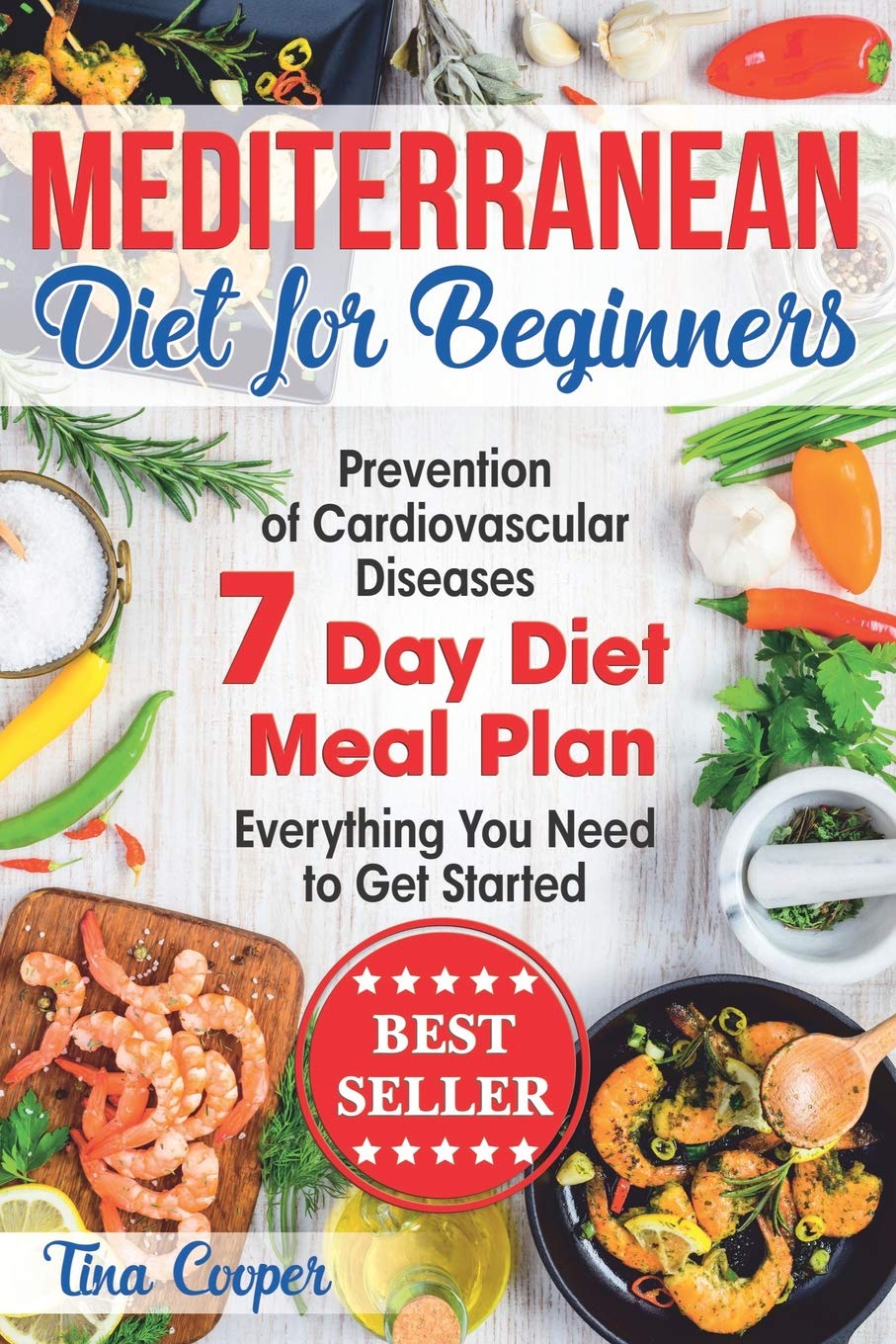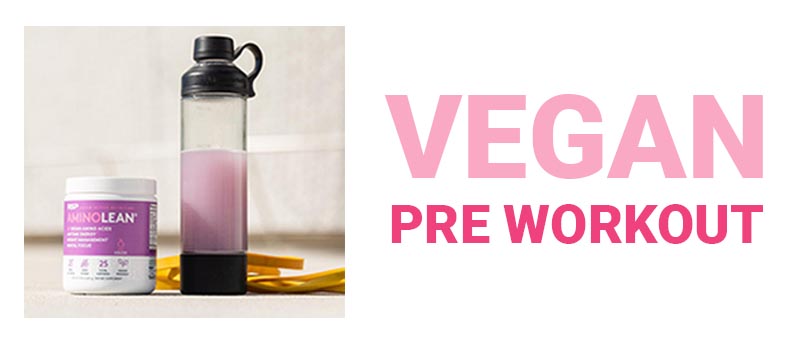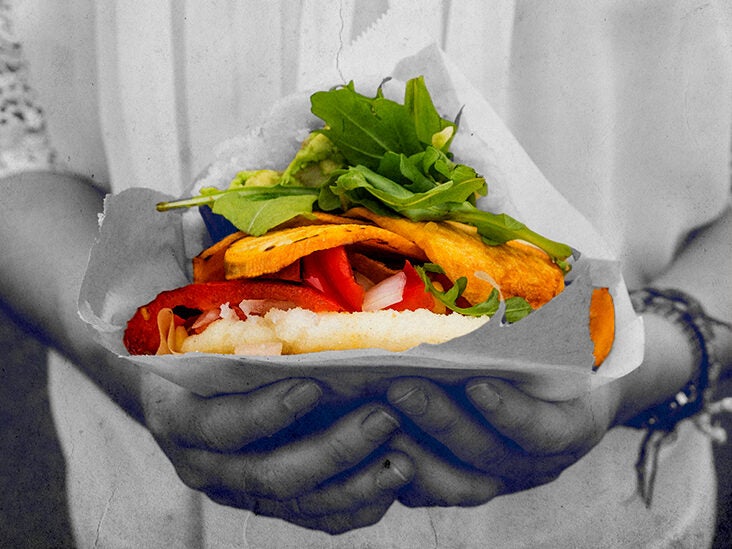
You don't need to spend a lot of money or have time to cook vegan meals. These include potatoes, rice, canned beans, and canned beans. You can increase fat content by adding cashews to your recipe, olive oil, or canned coconut milk. There are over 30 vegan recipes you can make that are simple and affordable.
Canned beans
Canned beans are a cheap source of plant protein that can be used for a wide variety of dishes. They are also great sources of fiber, antioxidants, and protein. They're versatile, which makes them a great choice in vegan kitchens. They are excellent for soups, stews, and can even be added to your favorite recipes to make it more nutritious. Cannellini beans are a great alternative to meat. They don't need to be soaked and cooked, so you can use them again and again.
Rice
Look carefully at the ingredients label when looking for low-cost vegan rice. Many varieties of rice have vitamin additives that increase the nutritional content of processed rice. Rice may seem to be an obvious choice for vegans, but it isn't. Rice does not fulfill all vegan requirements, despite the many benefits it offers.

Potatoes
Potatoes are one of the most affordable and versatile ingredients in a vegan diet. You can cook them in many ways. They can also be mashed or purée. These versatile foods can be used in any recipe without adding extra calories or fat.
Bananas
Bananas are an excellent snack and cheap vegan fruit, and they can be eaten alone or baked into a variety of desserts. They are one of the most versatile and healthiest foods in nature. Scientific methods are becoming more effective in keeping bananas ripe longer. These fruits are almost always made without animal ingredients. But, there may be some fruit that contain small amounts.
Chard Stir-fry
Chard Stir-fry can be made at home and is an affordable vegan meal. Its base is tofu which is rich in plant-based protein. Make sure you press the tofu before you cook it. The stir-fry can be enhanced with onions and garlic. Bragg’s Liquid Aminos is also a good substitute for soy sauce. It's a gluten free alternative.
Creamy soups
A vegan meal that costs less than $50 can be made creamy using dairy-free items such as cooking oil or yoghurt. Soft silken, vegan tofu is a great alternative to dairy products and can make your base richer and creamier. You can easily blend, crumble, or puree this soy-based product. It can also be used in cheesecakes and sauces.

Sandwiches
Sandwiches can be one of the cheapest vegan foods you can buy. These are also very versatile. You can fill them up with anything, from avocados to smoked meat. You can substitute mayo with chickpeas or avocado. Sandwiches can be made with cooked beans or tofu. Pickled jalapenos can add a kick of flavor to your sandwich.
FAQ
How can I reduce my blood pressure
You must first determine the cause of high blood pressure. Next, take steps that will reduce the risk. This could include eating less salt, losing weight if necessary, taking medication, etc.
Exercise is also important. You can also walk if you don’t have the time.
If you are unhappy about how much exercise you do, you might consider joining a fitness club. You'll probably want to join a gym where there are other people who share your goals. It's much easier to follow a routine if someone is with you at the gym.
What is the difference among a virus or bacterium and what are their differences?
A virus, a microscopic organism that can not reproduce outside of its host cells, is called a virus. A bacterium, a single-celled organism, reproduces by splitting into two. Viruses have a very small size (approximately 20 nanometers), while bacteria can grow to a maximum of 1 micron.
Viruses are usually spread through contact with infected bodily fluids, including saliva, urine, semen, vaginal secretions, pus, and feces. Bacteria can be spread by direct contact with infected objects and surfaces.
Viral infections may enter the body through cuts, scrapes. bites and other skin breaks. They can also be transmitted through the eyes, nose, mouth, ears, vaginal, rectum, and anus.
Bacteria can enter the body through cuts, scrapes burns and other injuries to the skin. They can also be introduced to our bodies by food, water and soil.
Viruses and bacteria both cause illness. But viruses can't multiply within their host. Viral infections can only cause diseases in living cells.
Bacteria may spread to other people and cause sickness. They can also invade other parts of your body. To kill them, we must use antibiotics.
How can weight change with age?
How can I tell if my bodyweight changes?
A person who has less body fat than their muscle mass will experience weight loss. This means that the amount of calories consumed must exceed the amount of energy used daily. Activity levels are the most common reason for weight loss. You can also lose weight due to stress, illness, pregnancy, hormonal imbalances and certain medications. Weight gain occurs when there is more fat than muscle mass. It occurs when people eat more calories each day than they use. There are many reasons for this, including overeating and increased physical activity.
Our bodies lose weight because we eat fewer calories than we burn. Regular exercise increases metabolism, which means that we burn more calories per day. This doesn't necessarily mean we will lose weight. What matters is whether we are losing fat or building muscle. Weight loss is possible if you burn more calories than you consume. But, if we consume more calories then we burn, then they are being stored as fat.
As we age, our ability to move around is slower and we are less mobile. We also tend not to eat as much food as we used to when we were younger. This is why we tend to gain weight. On the other hand, we have more muscle mass and look larger than we actually are.
Without regularly weighing yourself, it's impossible to determine how much weight has been lost. There are many ways you can measure your weight. You can check your waist size, your hips, your thighs, your arms, etc. Some people prefer using bathroom scales and others prefer tape measures.
For a better track of your progress, try to weigh yourself once per week and measure your waistline once every month. You can also take photographs of yourself every few years to track how far your progress has been.
Online, you can find out your height and weight. If you are 5'10" tall, and you weigh 180 lbs, then you would probably weigh 180 lbs.
How can you live a healthy life?
These are 5 ways you can live a healthy and happy life.
Healthy living means eating right, exercising regularly and getting enough sleep. It also involves managing stress and having fun. Good eating habits include avoiding processed foods, sugar, unhealthy fats, and avoiding junk food. Exercise can help you burn calories and strengthen your muscles. Get enough sleep to improve your memory and concentration. Stress management reduces anxiety, depression and other symptoms. Fun is the key to keeping us healthy and happy.
What is the difference between fat and sugar?
Fat is an important energy source, which comes from food. Sugar is a sweet, naturally occurring substance in fruits and vegetables. Both fats (and sugars) have the exact same calories. But fats are twice as calories as sugars.
Fats are stored in your body and can cause obesity. They can cause cholesterol buildup which can lead to strokes and heart attacks.
Sugars provide instant energy and are rapidly absorbed by the body. This causes blood glucose levels to rise. High blood glucose levels are dangerous as it can increase the likelihood of developing type 2 diabetes.
What can you do if your immune system is weak?
There are trillions of cells in the human body. These cells collaborate to form tissues and organs that perform specific functions. One cell is replaced by another when it dies. Cells also communicate with each other using chemical signals called hormones. All bodily processes are controlled by hormones, including metabolism and immunity.
Hormones refer to chemicals secreted in glands throughout the body. They travel through the blood stream and act like messengers to control how our bodies function. Some hormones are produced in the body, while others are created outside.
The hormone-producing glands release their contents into bloodstream. This is when hormone production starts. Once released, hormones move through the body until they reach their target organ. In some cases hormones can remain active for a very short time. Other hormones stay active longer and continue to influence the body's functioning even after they leave the bloodstream.
Some hormones are produced in large quantities. Others are made in very small amounts.
Some hormones only are produced during certain periods of life. Estrogen, for example, is produced in puberty as well during pregnancy, menopause, old age, and after menopause. Estrogen is important for women to develop breasts and maintain bone density. It also helps prevent osteoporosis. It promotes hair growth as well as keeping skin soft and smooth.
Statistics
- This article received 11 testimonials and 86% of readers who voted found it helpful, earning it our reader-approved status. (wikihow.com)
- WHO recommends reducing saturated fats to less than 10% of total energy intake; reducing trans-fats to less than 1% of total energy intake; and replacing both saturated fats and trans-fats to unsaturated fats. (who.int)
- According to the Physical Activity Guidelines for Americans, we should strive for at least 150 minutes of moderate intensity activity each week (54Trusted Source Smoking, harmful use of drugs, and alcohol abuse can all seriously negatively affect your health. (healthline.com)
- The Dietary Guidelines for Americans recommend keeping added sugar intake below 10% of your daily calorie intake, while the World Health Organization recommends slashing added sugars to 5% or less of your daily calories for optimal health (59Trusted (healthline.com)
External Links
How To
What does the "vitamin") mean?
Vitamins are organic compounds naturally found in food. Vitamins help us absorb nutrients in the foods we consume. Vitamins cannot come from the body so food must provide them.
There are two types of vitamins: water soluble and fat soluble. Water soluble vitamins dissolve easily in water. Some examples include vitamin C,B1 and B2 vitamins (thiamine), B2 and riboflavin, B3 and niacin, B6 vitamins (pyridoxine), B6 vitamins (niacin), folic acids, biotin, pantothenic acids, and Choline. The liver and fatty tissue are the main storage places for fat-soluble vitamins. Examples include vitamin D, E, K, A, and beta carotene.
Vitamins are classified based on their biological activity. There are eight major vitamin groups:
-
A - vital for normal growth and maintaining good health.
-
C is important for nerve function and energy production.
-
D – Essential for healthy teeth, bones and joints
-
E is needed for good reproduction and vision.
-
K – Required for healthy muscles & nerves.
-
P - vital for building strong bones andteeth.
-
Q - Aids in digestion and absorption.
-
R – Required for making red blood vessels.
The recommended daily allowance for vitamins (RDA) varies according to age, gender, or physical condition. RDA values are set by the U.S. Food and Drug Administration (FDA).
For adults aged 19 or older, the RDA of vitamin A is 400mg per day. Pregnant women require 600 micrograms daily to support fetal development. Children ages 1-8 require 900 micrograms per day. Infants under one year of age require 700 micrograms per day, but this amount decreases to 500 micrograms per day between 9 months and 12 months of age.
Children between the ages of 1-18 need 800 micrograms per daily for obesity, while those overweight require 1000 micrograms. To meet their nutritional needs, children underweight and obese need 1200micrograms.
Children 4-8 years old with anemia will need 2200 mg of vitamin D daily.
2000 micrograms are required daily for good health in adults over 50. Women who are pregnant or breastfeeding need 3000 micrograms per day due to increased nutrient requirements.
Adults over 70 years of age need 1500 micrograms per day since they lose about 10% of their muscle mass each decade.
Women who are pregnant and lactating need more nutrients than the RDA. Pregnant women require 4000 micrograms daily during pregnancy, and 2500 micrograms every day after birth. Breastfeeding moms need 5000 micrograms per daily when breastmilk production occurs.